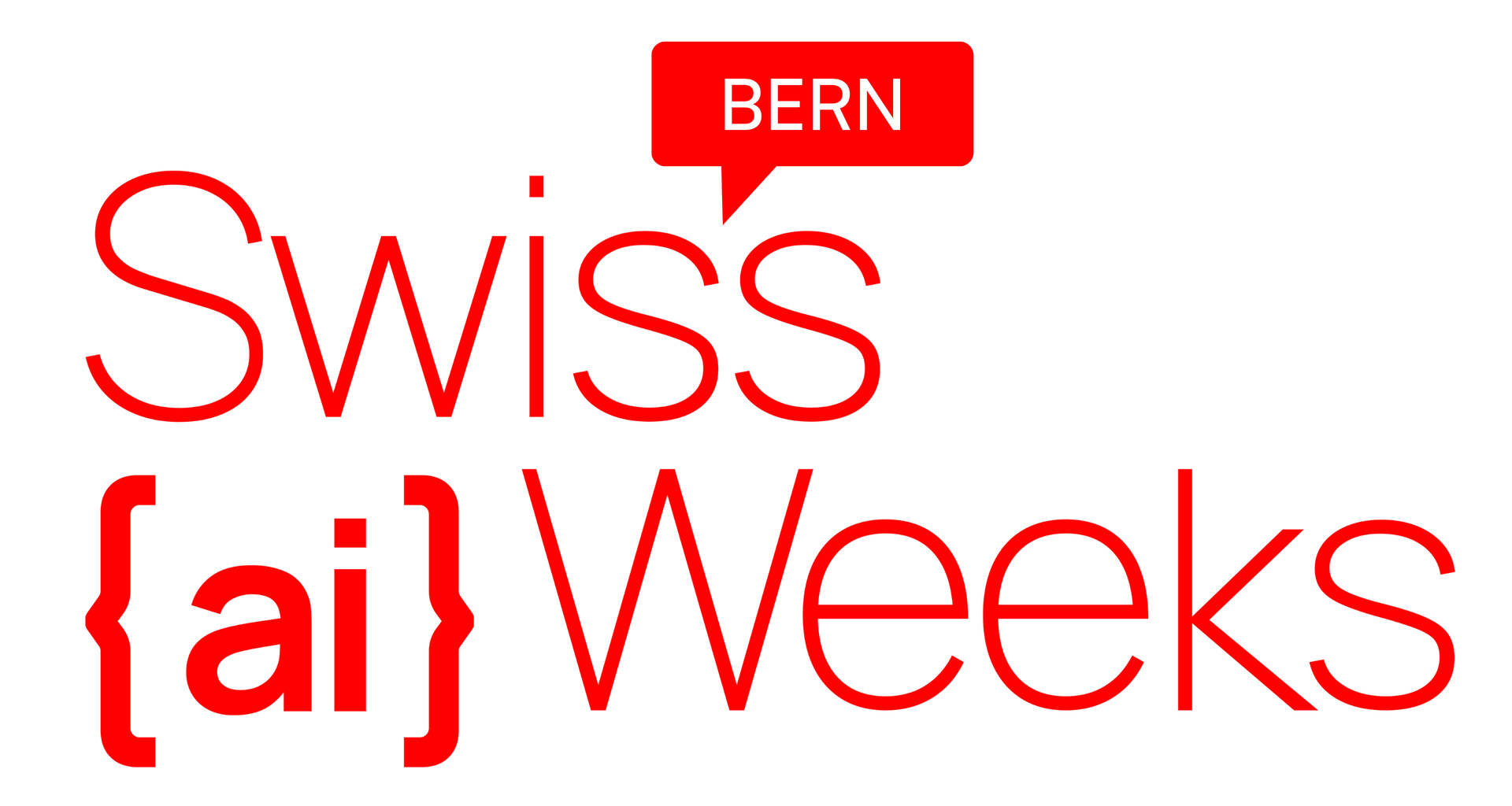EDITED v. 18
Energy Infrastructure from Remote Sensing Team Alpha
Estimate energy production from open data, and help to inform cantonal energy planning.
| 2 | 26 | 21 |
|---|
Research
Evaluation of Project
Technical Functionality
3 (good)
The project shows potential in understanding the technical challenge and the use of geospatial data, but the implementation seems to be in an early stage with some features that are yet to be fully developed.
User Experience
2 (fair)
The documentation suggests the application of AI and the team has identified user interface is important but no concrete design is provided yet. The current documentation seems to focus more on the technical approach and the project's aim rather than the aesthetic or usability, suggesting a less developed user interface compared to the technical foundation.
Skillful use of AI
3 (good)
The idea to use AI for image recognition to identify solar panels and potential energy production capacity is promising. However, there isn't much detail on how advanced or novel the AI techniques used were or how they were deployed in detail.
Uniqueness / Creativity / Fun Factor
2 (fair)
The concept of using AI for environmental monitoring is not new, but focusing on solar panel identification for public benefits is sensible. The diversity in project roles and team dynamics described shows potential for creativity in execution, but the apparent lack of observable unique or exciting elements in the current documentation diminishes this score.
Potential / Market Impact
4 (excellent)
The project implies significant potential for positive market and societal impact but requires validation. It addresses a practical societal need for tracking renewable energy infrastructure, which aligns well with global trends. However, market impact will heavily depend on how well the solution meets user needs and can be scaled, which is not clearly communicated in the current documentation.
Overall
While the project has a clear and important goal, there are gaps in demonstrating the strength of its technical implementation, user experience design, and unique value proposition. The potential and concept are promising, but further development and refinement are required to fully unlock its impact.
Recommendations:
- Enhance documentation with technical details, including implemented AI approaches, design of user interface, and testing results.
- Show a more developed UI/UX, even if it’s a prototype, to demonstrate how the tool could look and feel for end-users.
- Clarify uniqueness and competitive advantage by comparing against existing solutions or explaining why this approach brings something new.
- Outline how the project contributes to the 2050 energy goals and how it can be scaled for broader impact.
Overall, the project shows good potential for growth and improvement, particularly if it becomes more visually and technically expressive in its documentation or a functional prototype.
🅰️ℹ️ generated with APERTUS-70B-INSTRUCT
Event finish
we also had to organize a more powerful machine to get things done, thank you, oleg!
Four powerful men (Luca, Armen, Oguhzan and Gianfranco) are building the foundation to further train the AI to spot solar panels with the vision to detect the sizes and determine the capacity.
and we are so grateful (Peter, Monika)
and here the helpful Luca
added no_panel images

Research
The three musketeers (George, Fatma and Luca) are joining forces with full fighting spirit to tackle the challenge of judging images with or without solar panels using AI.!
added gitignore and images
added multithredding
JOINED
added csv
can put a red dot onto a building with solar
can find matching tiff file for given coords
get first five matching images
very focusedd - go for it!!!
open a file and show it, then save as jpg
Challenge shared
Tap here to review.
JOINED
inital commit
Initial commit
Start
Hackathon Bern
